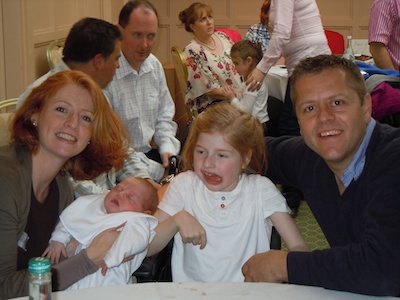What is Rett Syndrome
Rett syndrome is a rare neurodevelopmental disorder resulting in physical and intellectual disability. It affects girls almost exclusively – affecting one in ten thousand births – but there are rare cases of boys with Rett Syndrome. Everyone affected is severely and multiply disabled. It is characterised by normal early development followed a period of regression where skills are lost. However, Rett Syndrome is not a degenerative condition. Lifelong learning is possible, though difficult. Rett Syndrome is usually diagnosed with a genetic test (based on a blood test) as well as through clinical diagnosis.
Rett Syndrome is caused in most cases by a random mutation or alteration of the MECP2 gene on the X chromosome. It is usually spontaneous and rarely inherited.
Features Of Rett Syndrome
As with any condition there is a large amount of variation in people with Rett Syndrome. However some characteristics can be identified:
- Children with demonstrate an apparently normal rate of development up to the age of 20 to 30 months.
- This is followed by a regression period where motor and communication skills that have been acquired degenerate.
- Apraxia or dyspraxia – the ability of the body to perform motor functions – lead to a loss of verbal skills and hand function.
- Some lose the ability to walk
- Stiff or clumsy posture and gait
- Disorganised breathing patterns
- Seizures occur in many
- Scoliosis (curvature of the spine) often with early onset.
- Repetitive and stereotypical hand movements such as hand winging or hand-mouthing

